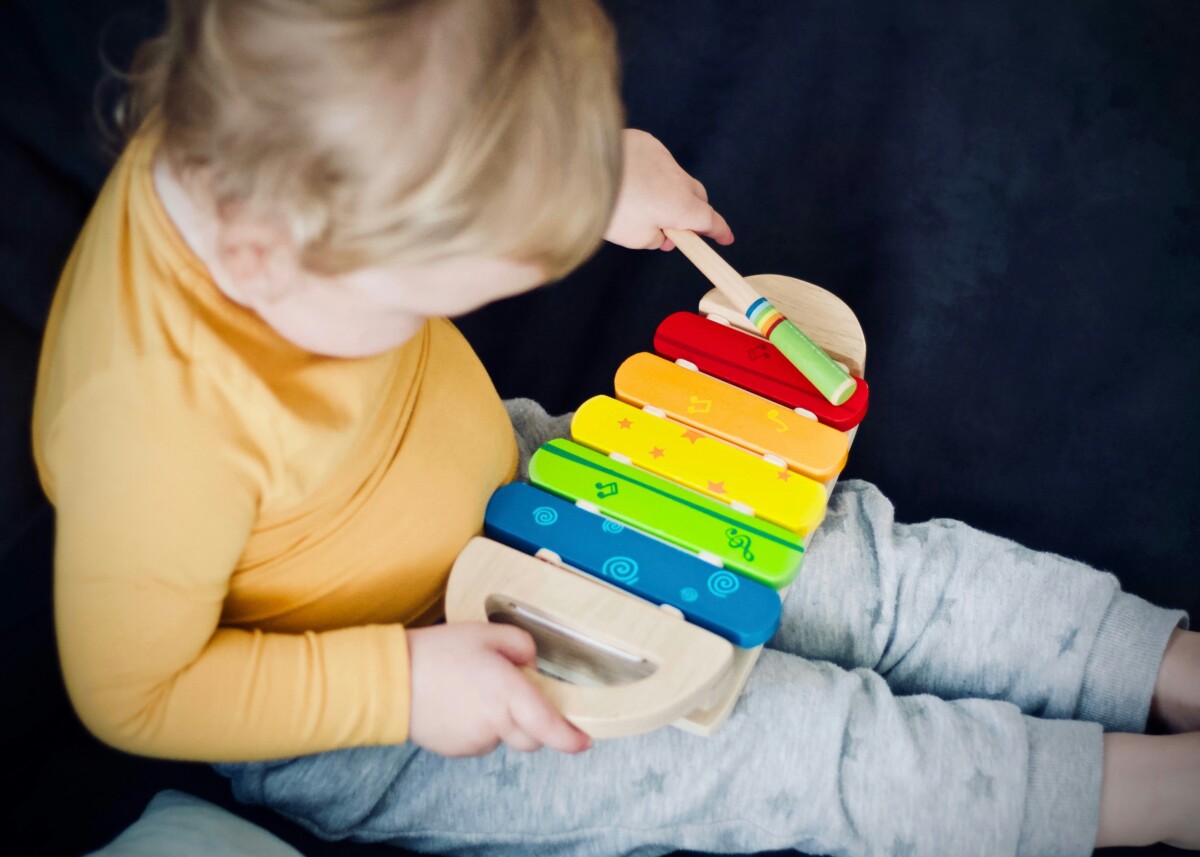*This is a collaborative post*
From the tender lullabies that soothe our babies to the lively preschool songs that ignite their imaginations, music has always been an integral part of our children’s lives. Even in the earliest stages of development, the gentle melodies that fill their nurseries have the power to shape their world in profound ways.
While the notion of the Mozart effect, which was popularised in the ’90s, may be disputed by experts, the undeniable truth remains—music offers myriad benefits to our little ones, like being able to reduce their stress, enhancing their focus, and helping them develop their emotional expression.

In Singapore, early learning institutions such as Kinderland offer exhaustive holistic education through its music programmes. You can check out what parents say about Kinderland and how Kinderland’s approach towards music education has been good for their children’s learning and development. Through a musical education at Kinderland, kids can learn the basics of playing musical instruments and already pick up on the following fundamental musical concepts:
1) Loud and Soft Music (Dynamics)
In music, dynamics refers to the variation in volume or intensity of sound. In simpler terms, it’s how loud or soft the music is played or sung.
Your child can demonstrate this simple idea on the drums, for example, by creating thunderous roars and gentle taps. The teacher may also encourage preschoolers to bring their favourite musical toys to school so that everyone can participate in producing loud and soft music.
Through playful exploration, preschoolers will already be able to grasp the concept of loud and soft, enriching their auditory world with vibrant dynamics and helping them see to what effect loud and soft sounds will have on their audience.
2) Fast and Slow Music (Tempo)
Another important concept in music is tempo. It’s the speed or pace at which a piece of music is performed. With different nursery rhymes or pieces of music as their guide, children can learn all about tempo—from the lively skip of a fast-paced melody of “Bingo” to the graceful sway of a slow, soothing lullaby like “Hush Little Baby.”
3) High and Low Music (Pitch)
In musical theory, pitch is a fundamental aspect of sound that refers to how high or low a sound is. Think of it like the height of a musical note on a scale.
Indeed, pitch adds depth and dimension to songs and musical compositions. An all-time favourite song from the musical The Sound of Music, “Do-Re-Mi,” explains pitch quite well, with the notes in the song progressively getting higher.
Preschoolers can have fun learning the song with a simple piano accompaniment. Through playful songs like this one, preschoolers can discover the colourful palette of pitch and eventually learn to express themselves in harmonious highs and lows, too.
4) Short and Long Sounds (Rhythm)
One of the most fun concepts to explore in music is rhythm. Simply put, it refers to the pattern of sounds and silences that repeat over time. When identifying rhythm, you can refer to the ticking of a clock, the thud of your heartbeat, or footsteps as you walk. Every piece of music has its own unique rhythmic pattern that creates a sense of movement and flow.
Through claps, taps, and playful beats, preschoolers can immerse themselves in the playful world of rhythm. They can experience the delightful interplay of short staccatos and long, flowing phrases through the use of musical instruments like the piano, drums, xylophone, and ukulele, or by simply listening to natural rhythms around them.
5) Different Voice and Instrument Qualities (Timbre)
Like a chorus of voices in harmony, each instrument and voice possesses its own unique timbre. It adds richness and depth to the symphony of sound. In a choir, for example, there are soprano, mezzo, alto, bass, and tenor voices, and more. Each vocalist has their own voice timbre, with one singer being able to reach high octaves and another being able to reach low bass notes.
To learn this concept, preschoolers can be presented with delicate tinkling bells and other instruments that produce different timbres, like a guitar, a piano, and others. The kids can then have a sensory journey, exploring the diverse world of timbre through playful experimentation and joyful discovery.
6) The Beat of the Music
Underlying every melody is the beat. It’s the steady, rhythmic pulse that one feels when they tap their feet or nod their head to their favourite piece of music.
This is something your toddler may already be able to do as well as you. Simply clapping along or bobbing their heads means that they understand the infectious energy of the beat and can already move in harmony with the music that surrounds them.
7) The Melody of Songs
When you talk about music, most of the time, you’re referring to the melody. To illustrate, when recalling that catchy tune you can’t get out of your head, you’re thinking about its melody or the series of musical tones that makes it unique. Melodies can easily be hummed or whistled, as well as sung or played on an instrument—something that your toddler may have already caught onto.
Preschoolers can easily learn melodies by singing their favourite songs and playing their favourite tunes on an instrument or device. They can also talk about their favourite music and why they like the melodies they do, which may differ from the favourites of their peers.
Learning musical concepts may be as much of a delight to parents and teachers as it is to preschoolers, knowing just how much the latter can learn and appreciate on their own. Let your toddler benefit from exposure to different musical concepts and musical instruments, which could develop in them a love for music that could enrich their whole lives.